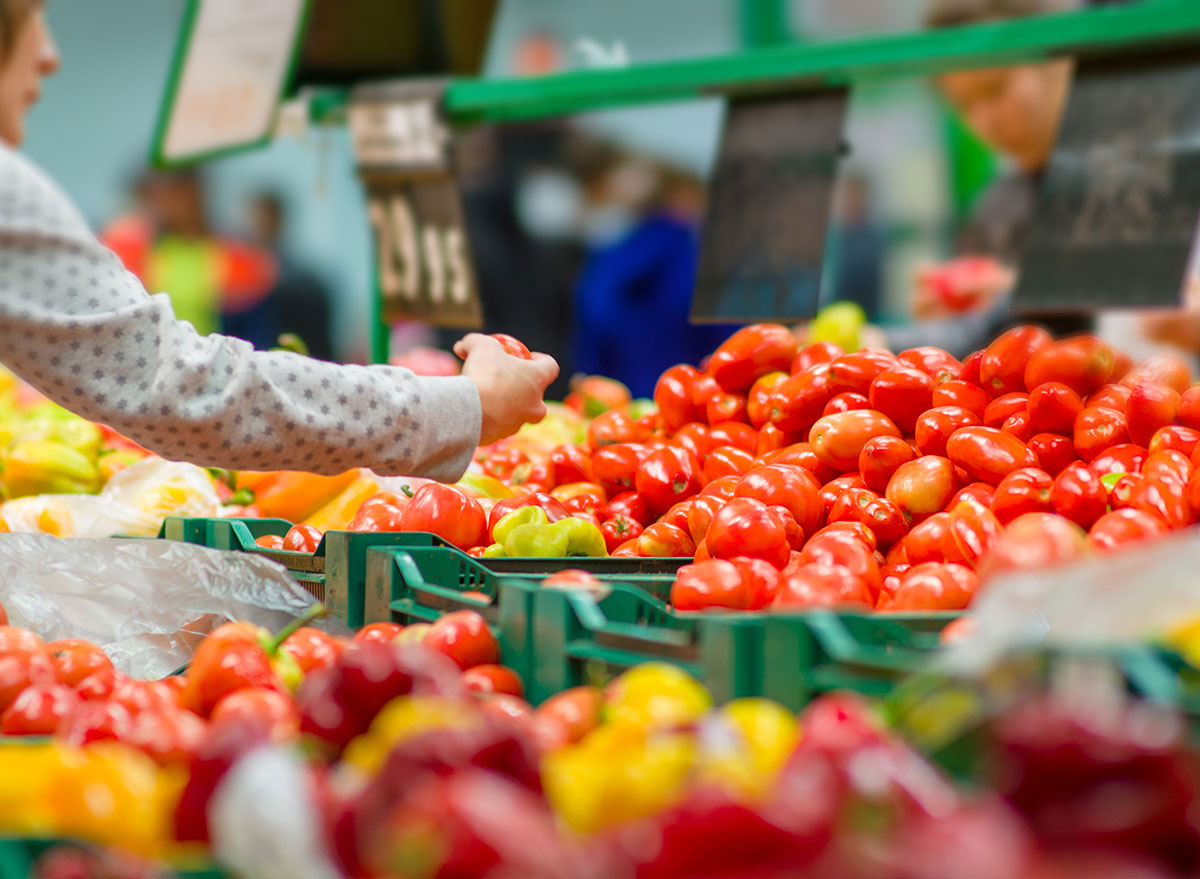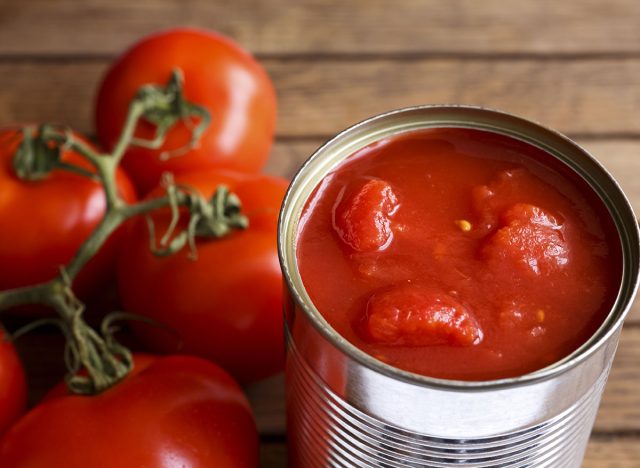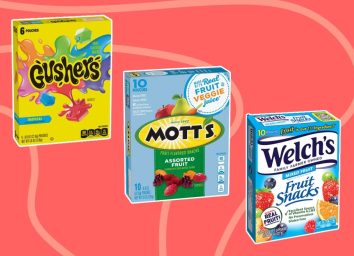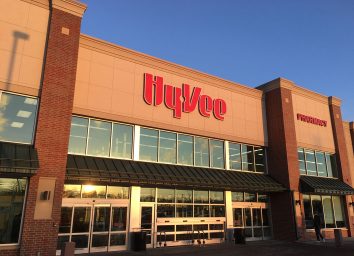A Tomato Shortage Could Make Pizza, Sauce, and Salsa More Expensive

For some farmers in California, weather conditions have been so bad they're unable to yield enough tomatoes to "ketchup" to retail demand. And now it's no joke that Americans may soon feel the pitch with their favorite things to eat.
That's because the Golden State leads the entire world in the production of canned tomatoes—keeping popular foods like pizza, salsa, and pasta sauce stocked—and that crop has been going dry during one of the worst droughts in over a thousand years.
RELATED: 4 Mayo Brands That Use the Best Quality Ingredients
"We desperately need rain," Mike Montna, head of the California Tomato Growers Association, told Bloomberg, "We are getting to a point where we don't have inventory left to keep fulfilling the market demand…It's real tough to grow a tomato crop right now."
Processing tomatoes are specifically grown in the California region and are used for making sauces, pastes, and soups as they are not particularly juicy and very durable–which means they're good for cooking. Due to the current state restrictions limiting groundwater and the high cost of labor, fuel, and fertilizer, growers have seen soaring increases in the price to produce these tomatoes in the last few years, causing yields to steadily decline.

The USDA reported that since its peak in 2015, California's supply of processing tomatoes has dropped significantly from 14 million tons to just 11 million in 2021. The issue has largely been due to the ongoing drought the region has been experiencing.
"There are simply not enough acres of processing tomatoes being planted this year to ensure that everybody gets their full supply," said R. Greg Pruett, a manager for one of the world's biggest tomato processors, Ingomar Packing Co., in an interview with Bloomberg. "The water is either too expensive or just not available at any cost."
Pruett pointed out that tomato paste has gone up 80% for retailers from last year alone and that those that haven't secured their supply by now (if they're looking for large amounts) are not going to find it—no matter the cost.
"There is obviously a point where that relationship is going to break down if frozen pizzas and pasta sauce and other staple items get priced to the point where the average consumer wants to decide to do something else," Pruett said.
Although whether there is a substitute for pizza and pasta for consumers could be open for debate. In a society where 43% of Americans eat a slice of pie at least once a week, it may be more difficult than realized. But, then again, the looming shortage of their favorite weekday meals may make that decision for them.









